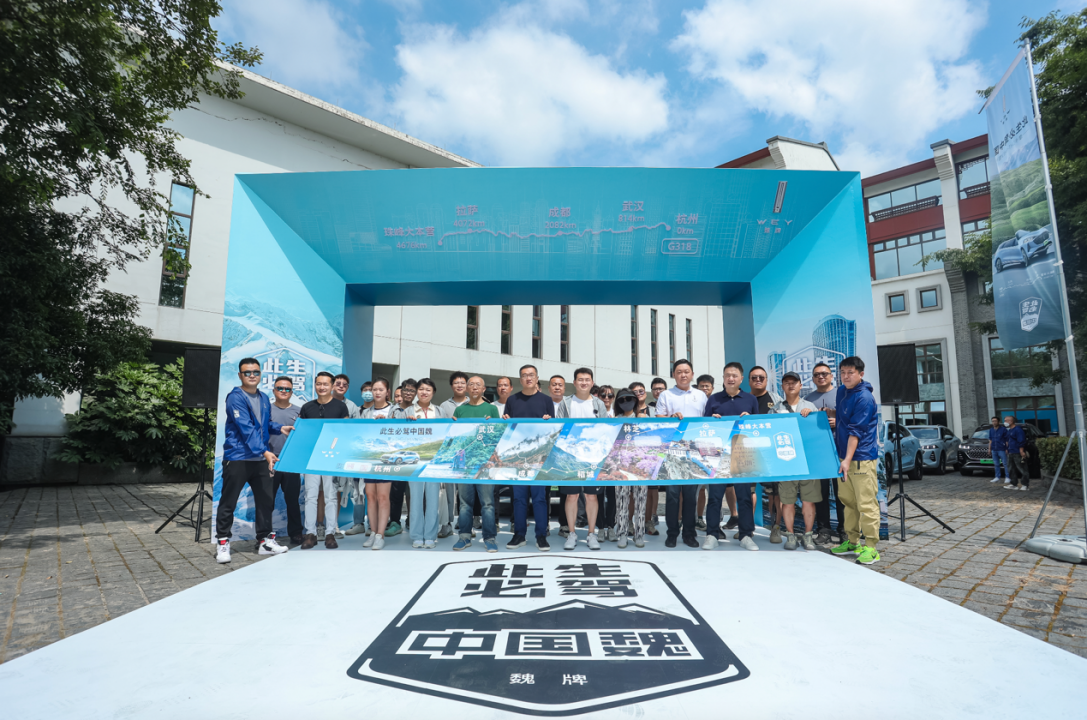On June 21st, the “Once in a lifetime, you must drive to China Wei – Mocha DHT-PHEV Smart Travel G318” event was officially launched in Hangzhou. Through the difficult challenges along the way, Wei brand hopes to present a 0 anxiety G318 journey for the public.
Why G318?
National Highway 318 stretches from the Huangpu District People’s Square in Shanghai to the Friendship Bridge in Zhangmu Town, Nie La Mu County, Shigatse, Tibet Autonomous Region, covering eight provinces (municipalities, autonomous regions) including Shanghai, Jiangsu, Zhejiang, Anhui, Hubei, Chongqing, Sichuan, and Tibet, with a total length of 5,476 kilometers, making it the longest national highway in China, longer than the second longest river in China, the Yellow River (5,464 kilometers).
National Highway 318 spans east and west of China, with various natural and cultural landscapes emerged along the way, known as the “scenic avenue of the Chinese people”. The terrain is complex, and the climate is changeable, making it known as the “most dangerous highway in the world” by geographers around the world.
The section from Chengdu to Lhasa, which is 2,142 kilometers long, is commonly known as the Sichuan-Tibet Highway, and is also the most complex and beautiful section of National Highway 318, attracting millions of tourists every year.
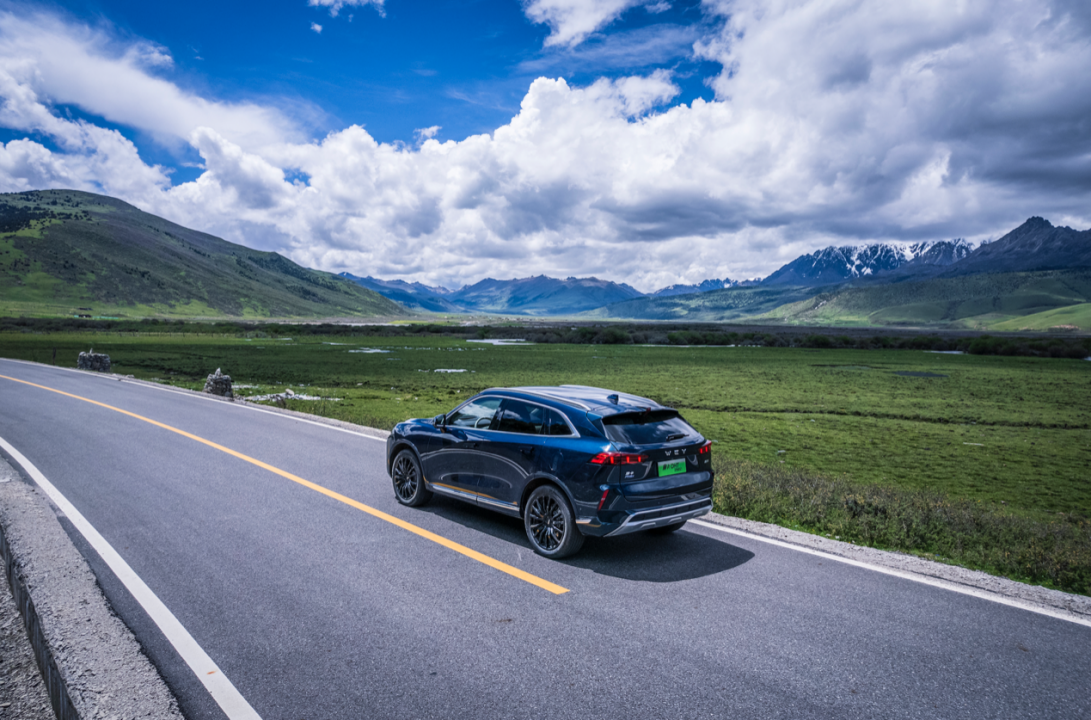
After National Highway 318 meets National Highway 109 in Lhasa, it runs roughly parallel to the Yarlung Zangbo River and reaches the second largest city in Tibet, Shigatse, to the west. National Highway 318 reaches its end in Zhangmu Town, Nie La Mu County, southwestern Shigatse, on the border with Nepal.
On this road, you need to cross mountains and rivers, go through tunnels and bridges, pass cliffs and gorges. You will cross countless high mountains (13 high mountains above 4,000 meters), such as Daxueshan Mountain, Zheduoshan Mountain, Gaoershan Mountain, and Mila Mountain; conquer countless great rivers, such as the Yarlung Zangbo River, Nu River, Lancang River, Jinsha River, Dadu River, etc.; and experience the ruggedness of mountain roads such as the “72 turns” of Nujiang River.
From the Tianfu region of the Sichuan Basin to the third pole of the world, the Qinghai-Tibet Plateau, there are different climates and weather within a short distance. There are snow-capped mountains, glaciers, plateau lakes, forests, grasslands, a variety of temples, houses, and watchtowers, each with unique ethnic characteristics.
Therefore, during this journey, the Mocha DHT-PHEV will face challenging mountain peaks, swift rivers, and steep and winding mountain roads, and demonstrate the ability of new energy vehicles to comfortably enter Tibet.
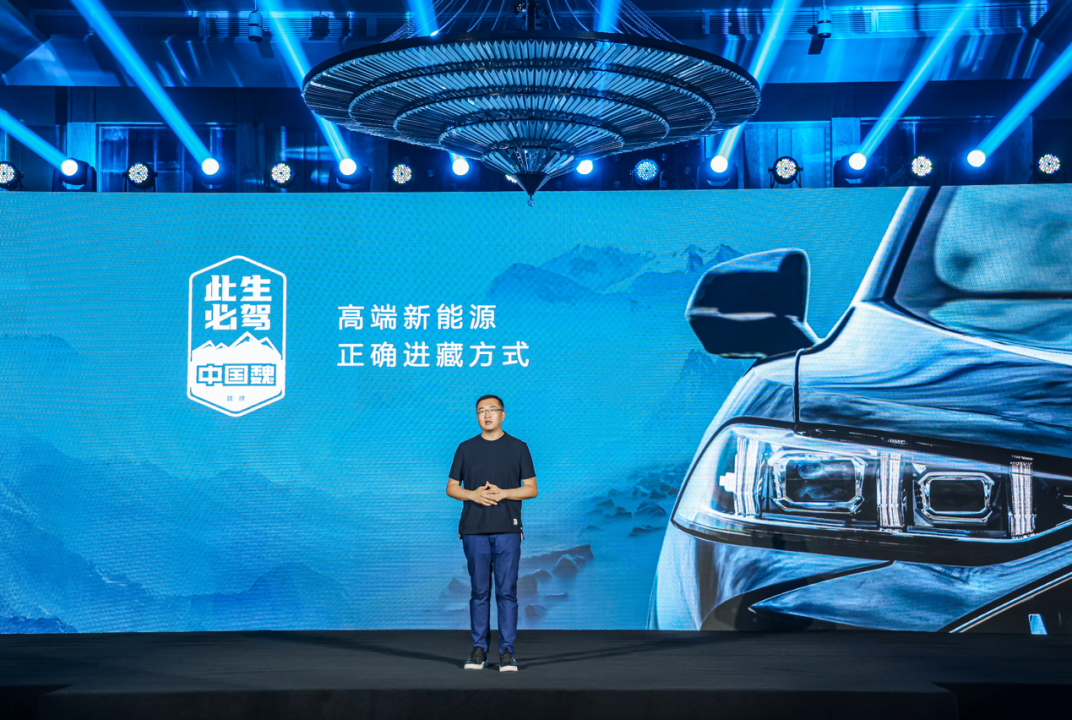
Mocha DHT-PHEVMocha DHT-PHEV is based on the Great Wall Lemon platform, using a 39.67 kWh nickel, cobalt, and manganese ternary lithium battery from Hive Energy, with a density of up to 153 Wh/kg. The battery, with a codename of L600, adopts an L-shaped cell and CTP pack, supports 6.6 kW AC slow charging and up to 60 kW DC fast charging.
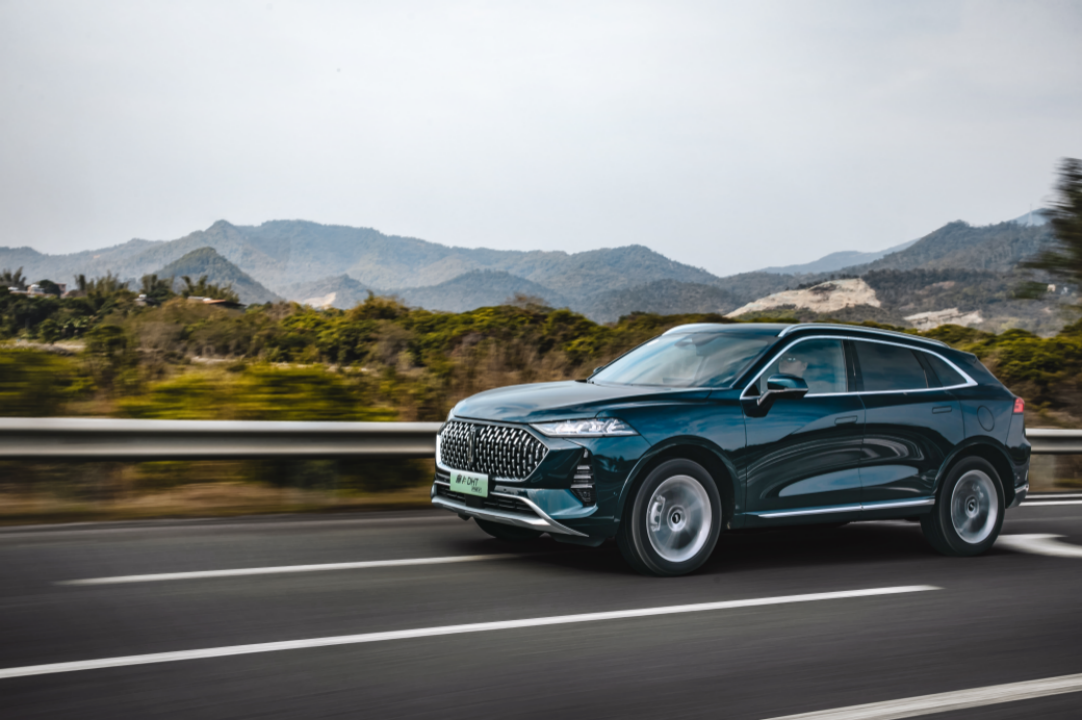
The two-wheel-drive version supports a pure electric range of up to 204 km under WLTC standards and a combined range of 1,200 km with a full fuel tank and battery; the four-wheel-drive version has a WLTC range of 175 km.
The 4B15D 1.5 T engine used this time, adopts Miller cycle, 350 bar high-pressure injection, LP-EGR and other technologies, with a thermal efficiency of up to 38\%.
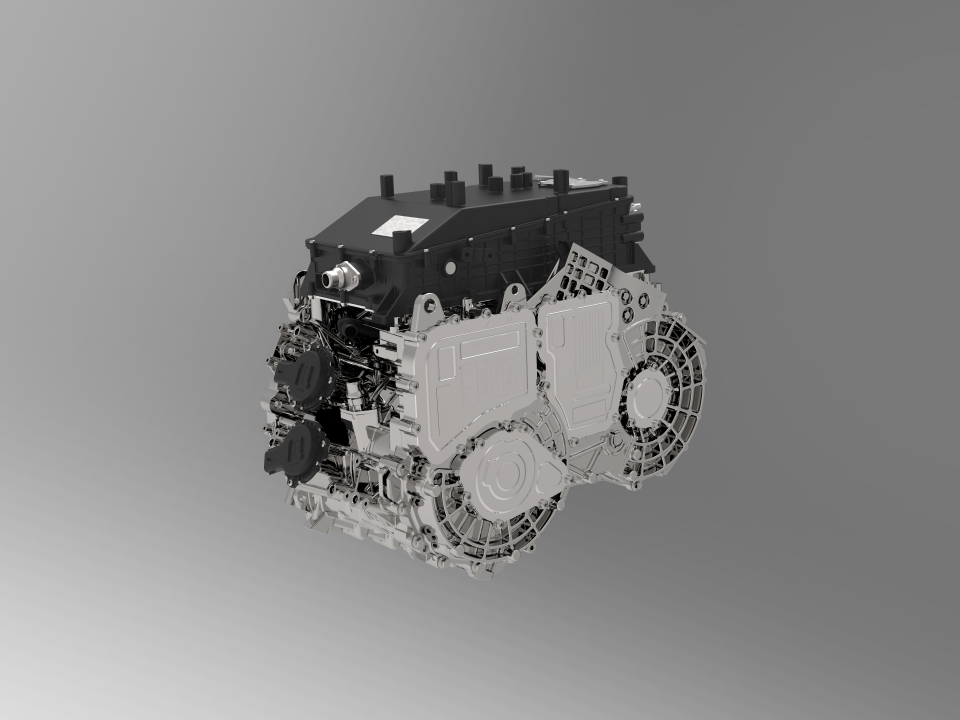
The DHT hybrid-specific gearbox adopts a two-gear design, with a maximum overall transmission efficiency of 98\% integrated by a GM/TM dual-motor. The fuel consumption per hundred kilometers can reach 5.5 L when the system is fed.
The working logic of this gearbox can be divided into “pure electric and hybrid”:
-
In EV mode, the engine power transmission chain is disconnected, and the vehicle is driven by the power battery providing energy and driving the motor. When the power battery SOC value drops below a certain level, it automatically switches to hybrid mode. In pure electric mode, the four-wheel-drive version has a WLTC range of 175 km.
-
In full load parallel mode under hybrid mode, Mocha DHT-PHEV can achieve 0-100 km/h acceleration in 4.8 seconds.
Due to the “anxiety” that most users still have about the range and reliability of new energy vehicles, it has become another important reason for Weichai to travel 318 again to solve this anxiety. Mocha DHT-PHEV hopes to demonstrate its strength in “0 anxiety for range, luxury, intelligence, and performance,” allowing new energy vehicles to travel to Tibet with “0 anxiety.”
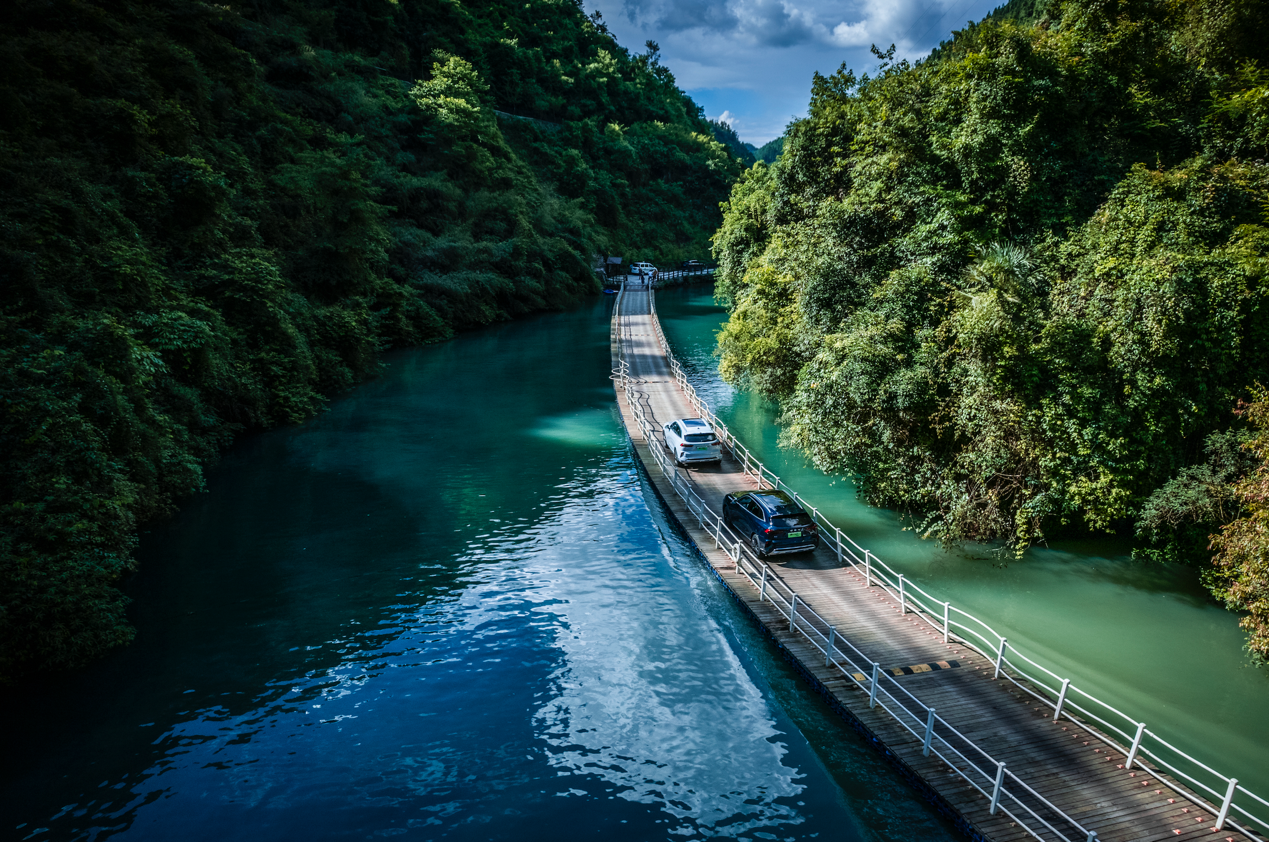
As Weichai’s flagship model, Mocha DHT-PHEV carries the brand’s upward mission. This time, Mocha DHT-PHEV will complete the challenge under comprehensive difficulties such as high power consumption of the motor, high power consumption level, difficult range supplementation, and complex driving sections. At that time, Mocha DHT-PHEV will create more than 20 high-end new energy global first records.
This article is a translation by ChatGPT of a Chinese report from 42HOW. If you have any questions about it, please email bd@42how.com.
